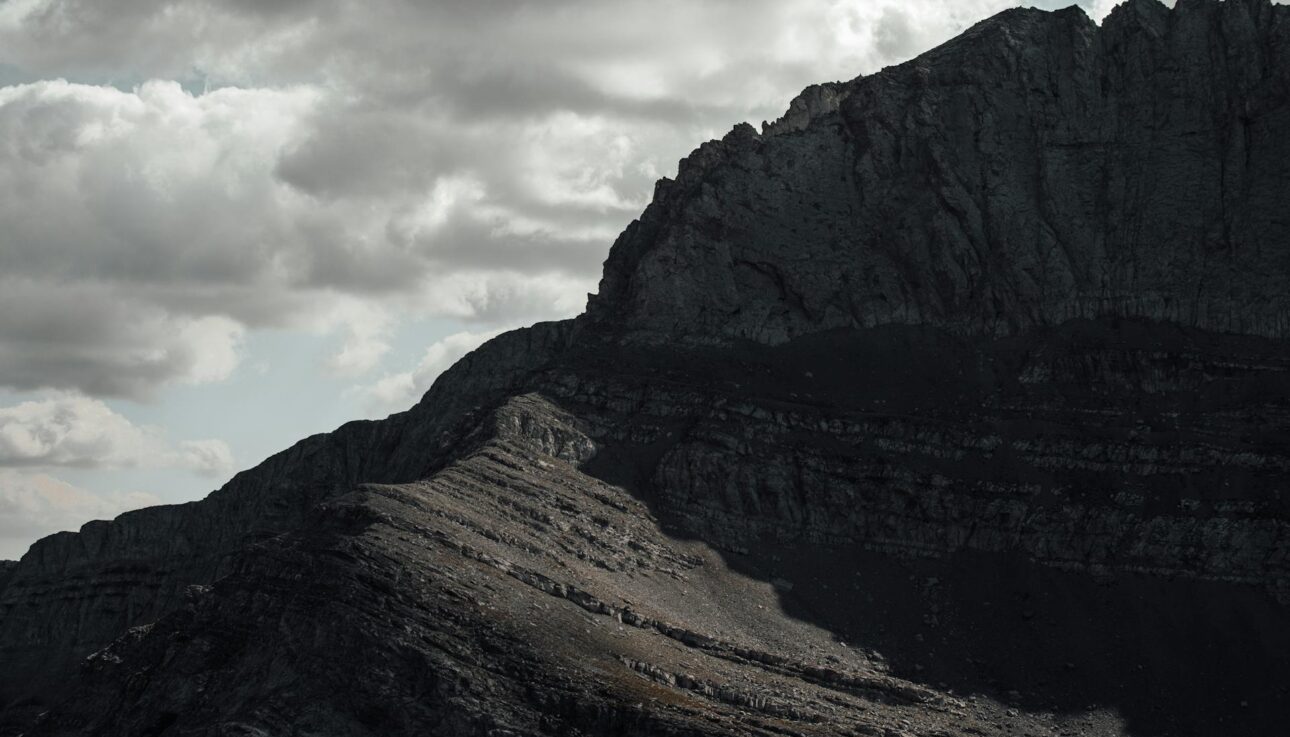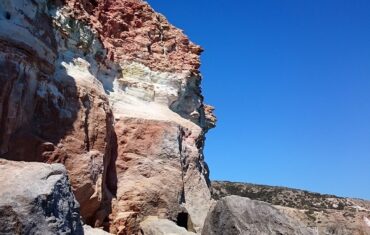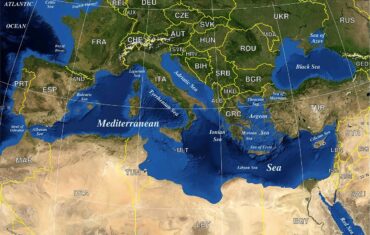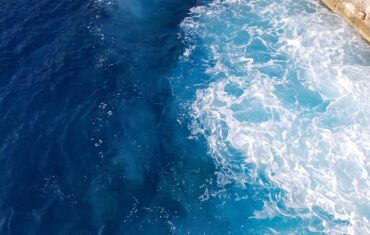Greece, a land steeped in ancient history and mythology, is equally renowned for its stunning and diverse geography. From its mountainous mainland to its thousands of islands scattered across the Aegean and Ionian Seas, Greece’s landscapes are as varied as they are beautiful. This geographical diversity has played a crucial role in shaping the country’s culture, economy, and history, making Greece a fascinating destination for both travelers and geography enthusiasts. Let’s explore the general geography of Greece.
The Rugged Mainland: Mountains and Valleys
Mainland Greece is dominated by rugged mountains and deep valleys, creating a landscape that is both dramatic and picturesque.
- The Pindus Range: Often referred to as the “spine of Greece,” the Pindus mountain range runs through the center of the country, extending from the Albanian border in the north down to the Peloponnese in the south. These mountains are characterized by steep slopes, deep gorges, and lush forests, making them a popular destination for hiking, climbing, and exploring traditional mountain villages.
- Mount Olympus: The highest mountain in Greece, Mount Olympus stands at 2,917 meters and is famous in Greek mythology as the home of the gods. Today, it is a national park and a popular destination for hikers and nature enthusiasts, offering stunning views and rich biodiversity.
The Endless Coastlines and Seas
Greece’s geography is defined by its extensive coastline, which stretches for over 13,000 kilometers and is dotted with thousands of islands, each with its unique charm.
- The Aegean Sea: The Aegean Sea lies to the east of mainland Greece and is home to some of the country’s most famous islands, including the Cyclades, the Dodecanese, and the Sporades. The Aegean coastline is known for its crystal-clear waters, sandy beaches, and picturesque villages, making it a popular destination for sailing, swimming, and sunbathing.
- The Ionian Sea: Located to the west of mainland Greece, the Ionian Sea is home to the Ionian Islands, including Corfu, Zakynthos, and Kefalonia. These islands are known for their lush green landscapes, dramatic cliffs, and turquoise waters, offering a striking contrast to the arid landscapes of the Aegean islands.
- The Peloponnese Peninsula: The Peloponnese is a large, mountainous peninsula connected to the mainland by the Isthmus of Corinth. It is surrounded by both the Aegean and Ionian Seas and is known for its rugged coastline, ancient ruins, and beautiful beaches.
The Plains and Valleys of Greece
While Greece is known for its mountains and coastlines, the country also has fertile plains and valleys that are crucial to its agriculture and economy.
- Thessaly Plain: The Thessaly Plain, located in central Greece, is the country’s largest and most fertile plain. This region is known for its agricultural production, particularly of cotton, wheat, and tobacco. The plain is surrounded by mountains, including the Pindus range and Mount Olympus, creating a stunning natural landscape.
- The Peloponnesian Plains: The Peloponnese region features several fertile plains, including the Argolis Plain and the Messinia Plain. These areas are known for their olive groves, vineyards, and citrus orchards, producing some of the best olive oil and wine in Greece.
The Islands: Greece’s Maritime Gems
Greece is famous for its islands, each with its unique geography, culture, and history. There are over 6,000 islands and islets in Greece, of which about 227 are inhabited.
- The Cyclades: Located in the central Aegean Sea, the Cyclades are perhaps the most iconic of the Greek islands, known for their whitewashed buildings, blue-domed churches, and stunning sunsets. Islands like Santorini, Mykonos, and Naxos attract millions of visitors each year.
- Crete: The largest of the Greek islands, Crete boasts a diverse landscape that includes mountains, fertile plains, and stunning beaches. The island is also home to the ancient Minoan civilization, with sites like the Palace of Knossos drawing history enthusiasts from around the world.
- The Dodecanese: Located in the southeastern Aegean, the Dodecanese islands, including Rhodes and Kos, are known for their medieval castles, ancient ruins, and beautiful beaches. These islands have a unique blend of Greek and Ottoman influences, reflected in their architecture and culture.
Greece’s geography varies from mountains, valleys, coastlines, and islands, each contributing to the country’s unique beauty and cultural heritage. Whether you’re exploring the rugged peaks of Mount Olympus, sailing through the crystal-clear waters of the Aegean, or wandering through the fertile plains of Thessaly, Greece offers a diverse and unforgettable landscape that has captivated travelers for centuries. This geographic diversity is not only a source of natural beauty but also a vital part of Greece’s history, culture, and way of life.









